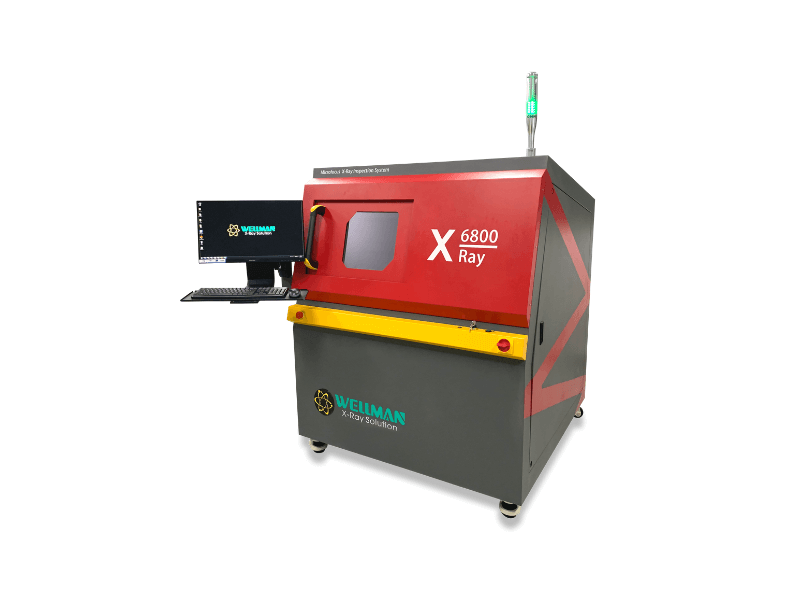How Does an X Ray Inspection System Work?
X-ray inspection systems are widely used in various industries for non-destructive testing and quality control purposes. These systems utilize the power of X-rays to examine the internal structure of objects without damaging them. In this blog post, we will delve into the functioning of an X-ray inspection system and explore how it works.

Exploring the Inner Workings of an X-Ray Inspection System
Generating X-rays:
X-ray inspection systems consist of an X-ray generator that produces high-energy X-rays. This generator typically utilizes an X-ray tube, where electrons are accelerated and collide with a metal target, resulting in the emission of X-rays.
X-ray Penetration:
X-rays possess the ability to penetrate different materials to varying degrees. When an object is exposed to X-rays, they interact with the object's internal structure, causing absorption, scattering, and transmission of the X-rays.
Detector System:
The X-ray inspection system incorporates a detector system that captures the transmitted X-rays after they pass through the object being examined. This detector system can be based on different technologies such as scintillation detectors, solid-state detectors, or digital detectors.
Image Formation:
The transmitted X-rays are converted into electrical signals by the detector system. These signals are then processed and reconstructed to generate a visual representation of the internal structure of the object. This is typically displayed as a grayscale image where different shades of gray correspond to different levels of X-ray absorption by the object.
Inspection and Analysis:
Once the X-ray image is formed, it can be analyzed by trained operators or automated software algorithms. They can identify any defects, anomalies, or foreign objects within the object being inspected. This information is crucial for quality control, identifying potential safety hazards, and ensuring product integrity.
Safety Precautions:
X-ray inspection systems emit ionizing radiation, which can be hazardous if not properly controlled. Therefore, strict safety measures are implemented to protect operators and ensure compliance with radiation safety regulations. These measures include shielding, interlocks, safety training, and regular system maintenance.
In Conclusion
X-ray inspection systems play a vital role in non-destructive testing and quality control across various industries. By understanding the principles behind their operation, we gain insight into how these systems help ensure product quality and safety. Whether it's inspecting manufactured components, screening baggage at airports, or examining food products, X-ray inspection systems provide valuable insights into the internal structures of objects, helping us make informed decisions.
评论
发表评论